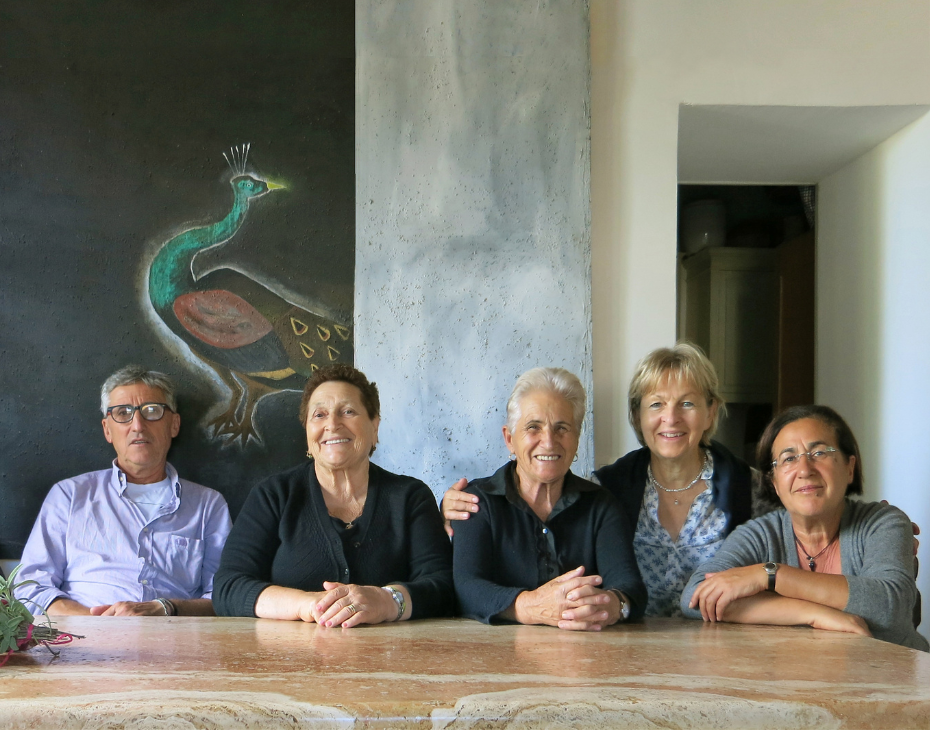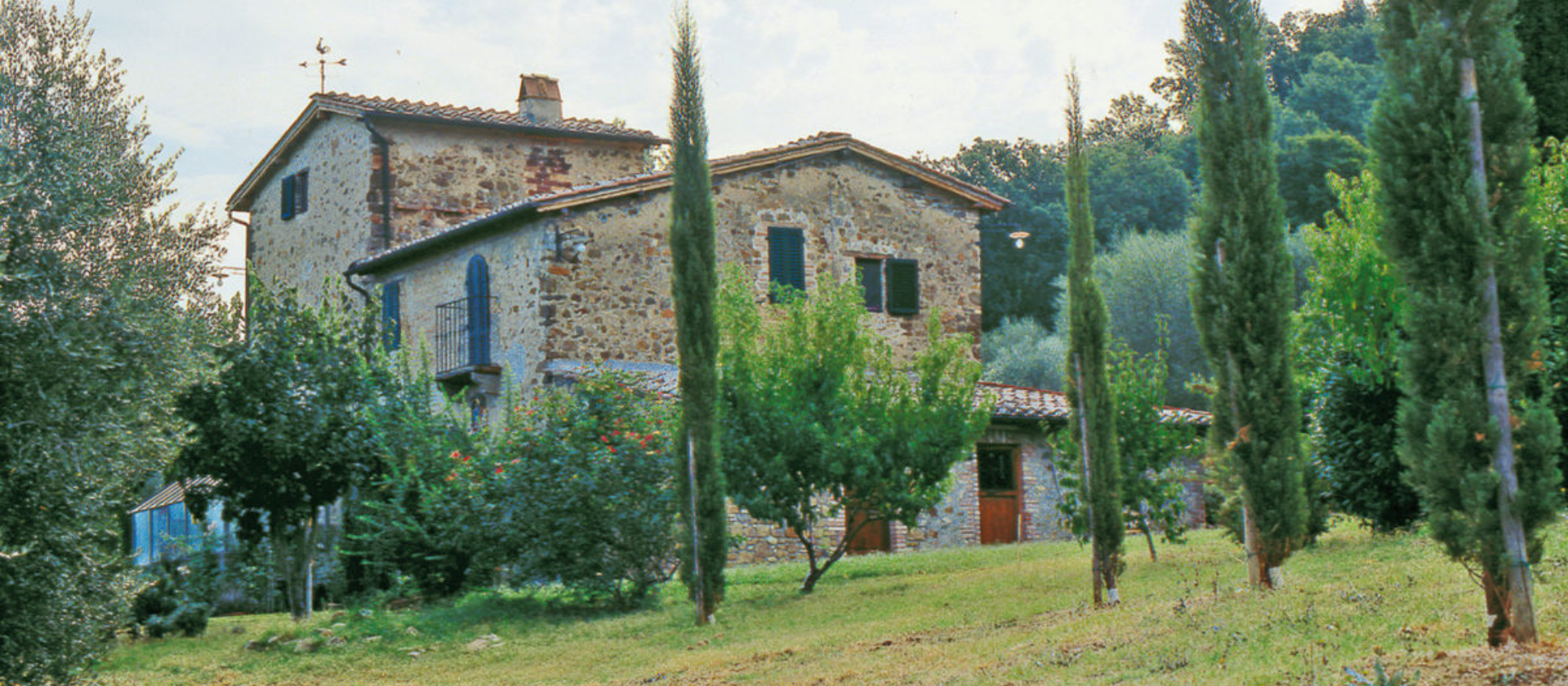GIANNI BRUNELLI

The Passion and Art of Wine
In 1987, Gianni Brunelli returned to Montalcino and succeeded in crowning his family’s dream, buying back his father’s old property, “Le Chiuse di Sotto.” In memory of his father, a small plot of vines planted by him in 1947 is still conserved. Le Chiuse di Sotto is located in the homonymous location northeast of Montalcino. The farm consists of a single body of 5 hectares, of which two are cultivated with Sangiovese.
In the mid-90s, Gianni and Laura bought Podernovone. Located on the south-eastern slopes of Montalcino, it consists of a 4.5-hectare property planted to Sangiovese and Merlot since 1997, the former for Brunello and Rosso, the latter for the Amor Costante.
Podernovone comprises four vineyards: Olmo, Oliva, Quercia, and Gelso.
Meticulous work in the vineyard offers absolute quality. Each working phase is adapted to the vines’ needs, climate, and microclimate. These are Brunelli’s values, and they are applied to their work every day.
Laura’s vision of a sustainable winery became a reality in 2015 with the inauguration of the new winery at Podernovone. The winery is designed to be minimal and practical. Solar energy and gravity are used as much as possible. The winery is built of ancient stone. A secret corridor surrounds the building, providing thermic isolation and keeping the temperature stable throughout the year. Podernovone is a testament to Brunelli’s commitment to sustainable winemaking, combining technology and tradition.
All grapes in the winery come from family-owned vineyards and are of the highest quality. They are manually collected, following a careful on-site selection and a final visual inspection on the sorting table.
Vinification takes place separately for each plot in stainless steel tanks. There are no specific protocols; it depends on the vintage. The only rules sworn to are cleanliness and a stable fermentation temperature. Extraction is prolonged but delicate, ensuring overt aromas, rich colour, and elegant tannins are gained.
After the malolactic fermentation, the wines from each plot will age separately in large Slavonian oak casks for 5 to 30 months. The slow ageing in the oak cask cellar allows the wine to clarify naturally without the need for external intervention, thus requiring only a very light filtration before bottling.

